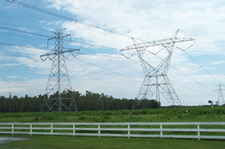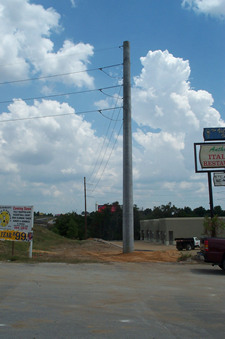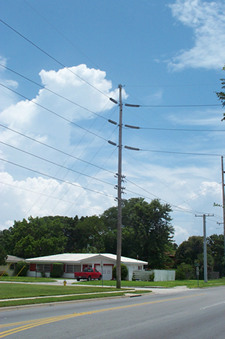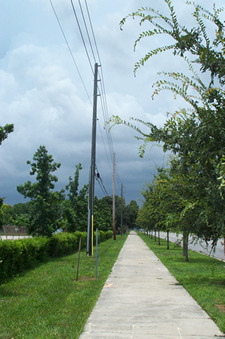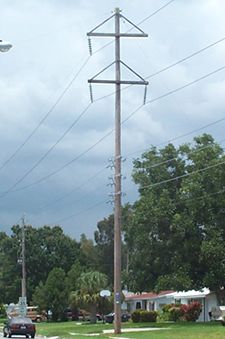Frequently Asked QuestionsWhat is a right of way?A right of way is land, property or interest therein, usually in a strip, acquired for infrastructure such as a highway, railbed, pipeline, water or sewer lines, electric power lines or telephone facilities. The land has been set aside for use by an easement or in fee simple ownership, either by agreement, condemnation or deed. What is an easement? An easement is a property interest that allows the holder of the easement to use property that he or she does not own or possess. As a general rule, an easement holder has a right to do "whatever is reasonably convenient or necessary in order to enjoy fully the purposes for which the easement was granted," as long as he or she does not place an unreasonable burden on the landowner’s property. Conversely, the landowner may make any use of that land that does not unduly interfere with the easement holder's use of the easement. What is fee ownership? Fee simple ownership is the most common form of land ownership. The holder of a title in fee simple has full possessory rights over the land, subject to any easements of record. Where can I find my property's tax identification number? Your local county Property Appraiser's office can provide you with this information. Your property's tax identification (ID) number (also known as folio number, Parcel ID Number, PIN or Altkey Number) may also be listed on your deed of conveyance or property tax receipt. Other sites available for aerials are http://www.bing.com/maps/ or https://maps.google.com/. Your local county Property Appraiser's office will have aerials available online or for purchase for a nominal fee. Please visit Links to Related Sites on our main page to find a link to your local Property Appraiser. Aerials are also available at terraserver.homeadvisor.msn.com. How do I Identify Distribution and Transmission Structures?Transmission structures are typically made of wood, concrete or steel and are 60’ in height or greater. They can be in the form of a single pole (round or square), H-Frame (a two pole structure connected by cross-arms) or metal lattice tower. These structures carry the high voltage lines that can be followed for miles, from one electric substation to another, in rights-of-way made up of easements and/or land owned by Duke Energy. Transmission easements can have a width from 25’ up to 295’ or greater. A transmission structure will typically have an identifier on the pole in the form of letters and numbers, for example ANL-43. These will be located at either eye level or at the top of the pole. This is the line code and structure number and will be helpful information when making an inquiry. Distribution structures are typically made of wood or concrete (square) and are 30’ to 40’ tall. Distribution poles are typically the smaller poles seen following roads or property lines through subdivisions and have connections directly to homes or businesses. Distribution easements are generally 25' wide or less and will usually state in the heading that it is a distribution easement. A distribution pole will typically have a metal plate with a letter and numbers. This information as well as an address will be helpful information when making an inquiry.
Where do I find Duke Energy structure numbers? All Duke Energy transmission structure numbers are located on the pole or on one of the legs of the towers. The numbers are usually located chest high or at the top of the pole and have a letter and number designation. For example: ANL-67. Is there a fee to submit my application for a Relocation or a Release of Easement? Yes, these fees are charged to cover research time and administrative costs. These fees must be submitted with the application to Relocate Transmission Structures or to request the Release of a Transmission easement. Checks are made payable to Duke Energy Florida, LLC.
| ||||||||||||
